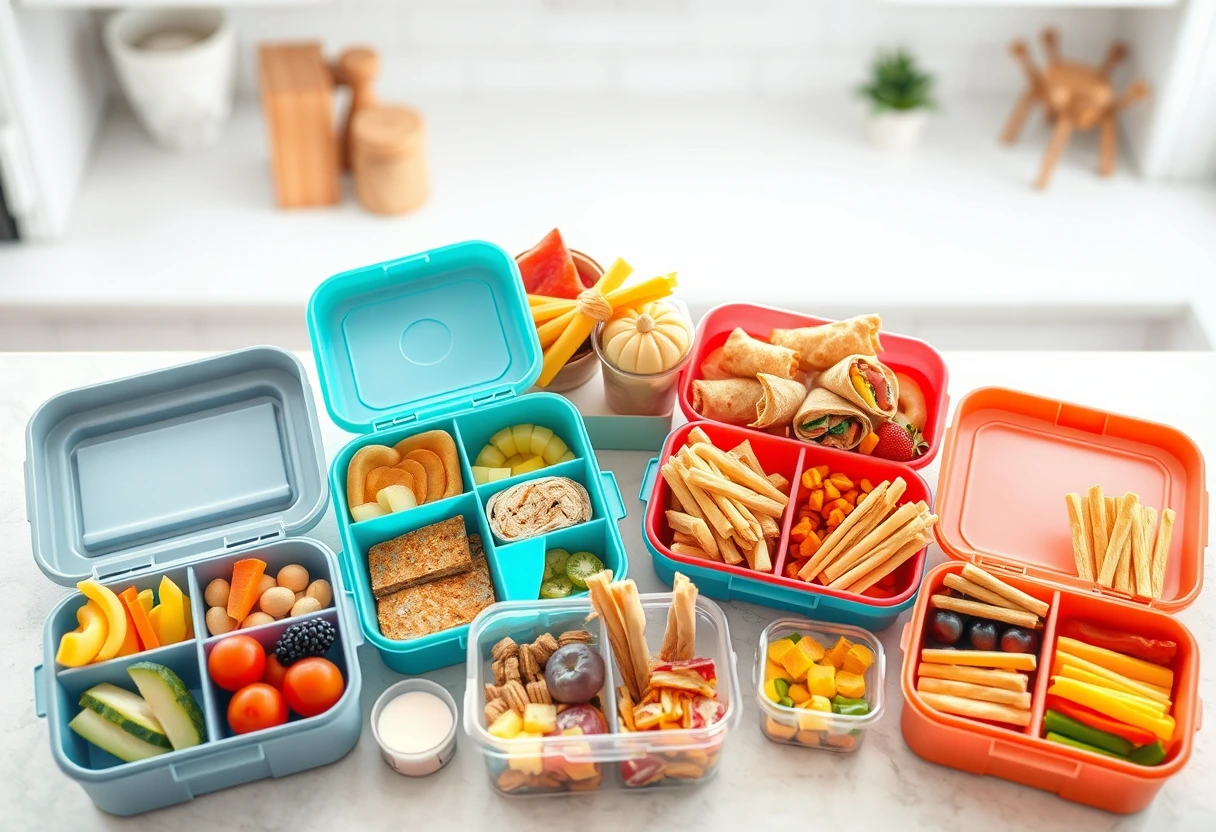 Other
OtherQuick and Healthy Lunches Kids Will Actually Eat
As a busy mother, the daily juggle often feels like a high-wire act, especially when it comes to feeding your little ones. Between school drops, errands, and managing the home, preparing nutritious midday meals can feel like another monumental task. You want to ensure your children are well-fed with wholesome food, but the clock is ticking, and let's be honest, getting kids to eat anything green can be a challenge. That's where the magic of quick and healthy lunches kids will actually eat comes in. Imagine lunches that are not only packed with goodness but also disappear from the lunchbox, leaving you with a sense of accomplishment rather than untouched food sadness.
The good news is that creating delicious and balanced lunchboxes doesn't have to be complicated or time-consuming. This guide is specifically designed for you, the modern mom seeking practical, time-saving meal prep for moms. We'll explore strategies and recipes that turn lunch into an exciting part of your child's day, ensuring they get the energy and nutrients they need to thrive. Say goodbye to lunchbox despair and hello to easy, wholesome kid-friendly meals that your children will genuinely look forward to.
Understanding the Picky Eater Phenomenon
Every parent knows the struggle of the picky eater. It’s not just a phase; for some, it’s a lifestyle! But understanding why children become selective can help you approach lunch preparation with more empathy and less frustration. Often, children's preferences are tied to texture, appearance, and familiarity. They might reject a food simply because it looks "weird" or has a unique mouthfeel.
Why Kids Are Picky and How to Cope
Children are naturally wary of new foods, a phenomenon known as food neophobia. This evolutionary trait once protected them from consuming harmful substances. Today, it mostly just complicates mealtime. The key to overcoming pickiness isn't force-feeding, but consistent, gentle exposure. Offer a variety of foods, even if they're initially rejected, and model healthy eating habits yourself. Sometimes, involving them in the preparation process can spark curiosity and make them more willing to try what they've helped create. Remember, it can take multiple exposures – sometimes 10-15 times – for a child to accept a new food.
The Power of Presentation
For children, food isn't just about taste; it's about the experience. Bright colors, fun shapes, and engaging arrangements can transform a mundane meal into an exciting adventure. Think cookie cutters for sandwiches or arranging veggies into a smiling face. A visually appealing lunch is far more likely to be eaten, even by the most discerning little diner. This simple trick is a cornerstone of creative lunch recipes for children.
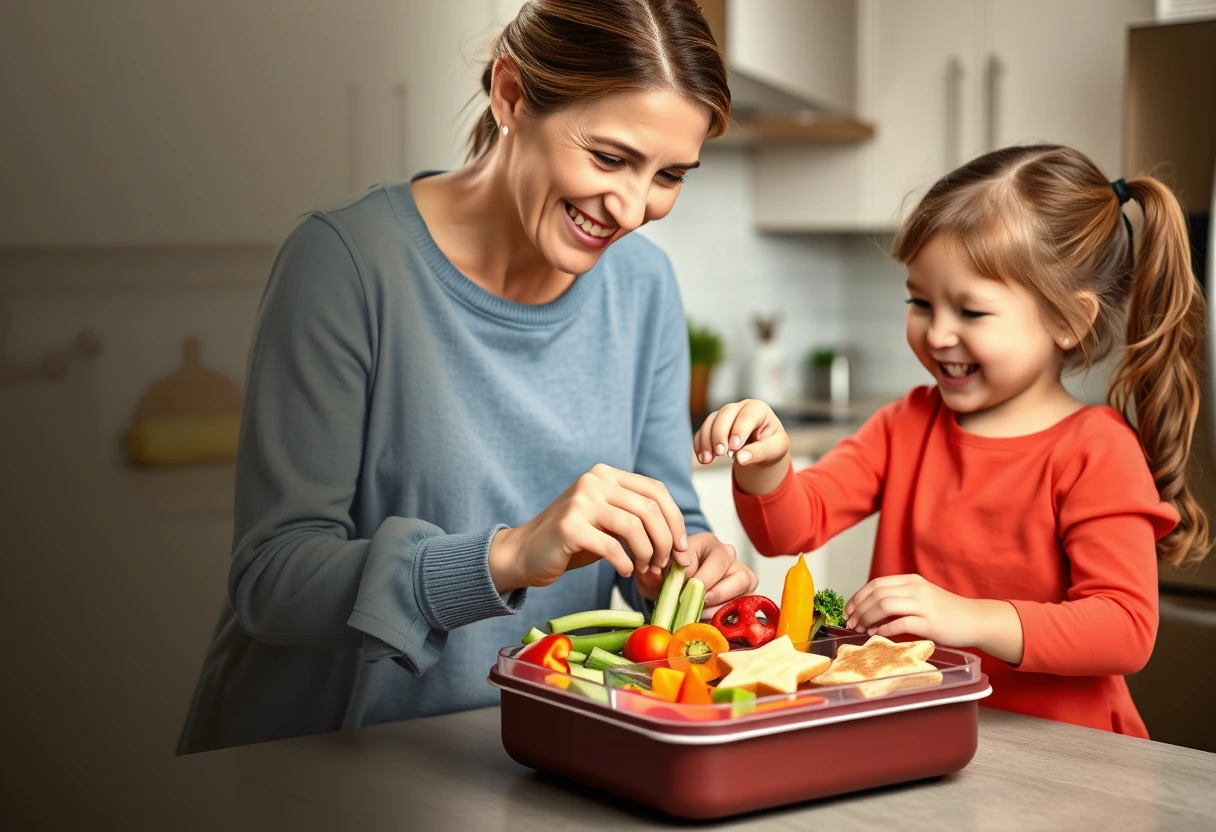
Strategic Meal Prep for Busy Moms
The secret weapon for delivering quick and healthy lunches kids will actually eat lies in efficient meal planning and preparation. Spending a little time on the weekend can save you hours during the busy weekdays, making your mornings smoother and stress-free.
Weekend Prep for Weekday Ease
Designating an hour or two on a Sunday for meal prep can be a game-changer. This doesn't mean cooking every single meal, but rather preparing components that can be easily assembled. Think about washing and chopping vegetables, pre-portioning snacks, cooking a batch of grains, or baking muffins. Having these ready makes it effortless to throw together nutritious midday meals in minutes each morning. This dedication to time-saving meal prep for moms ensures you always have options available.
- Wash and chop fresh fruits and vegetables (carrots, cucumbers, bell peppers, grapes, berries). Store them in airtight containers.
- Cook a batch of quinoa, couscous, or pasta that can be used as a base for salads or mixed with protein.
- Bake a large batch of healthy muffins (zucchini, banana, or blueberry) or energy bites that can serve as a snack or part of lunch.
- Pre-cook chicken breast or hard-boil eggs for easy protein additions.
The Art of Batch Cooking and Portioning
Batch cooking isn't just for dinners. Cook extra chicken for dinner one night, and use the leftovers for chicken salad sandwiches or wraps the next day. Hard-boil a dozen eggs at once for quick protein boosts. Portioning snacks into individual containers or bags prevents overeating and speeds up packing. These smart strategies are central to stress-free meal planning for families.
Beyond the Sandwich: Diverse Lunch Ideas
While sandwiches are a lunchbox staple, relying on them daily can lead to lunchbox fatigue. Expanding your repertoire offers more child nutrition tips and keeps things interesting for your little ones.
Deconstructed Lunches and Bento Boxes
Sometimes, kids prefer to eat components separately. Deconstructed lunches, where each item is in its own compartment (think bento boxes!), allow children to choose what they want to eat and how. This approach is fantastic for picky eater solutions as it gives them autonomy. Think about packing small portions of cheese cubes, whole-grain crackers, cucumber slices, cherry tomatoes, and some deli meat rolled up. It’s like a mini charcuterie board for kids!
Wraps, Roll-ups, and Pinwheels
Tortillas are incredibly versatile. Fill them with cream cheese and cucumber, hummus and grated carrots, or turkey and cheese, then roll them up tightly and slice them into pinwheels. These are fun, easy for little hands to manage, and offer a great alternative to traditional bread. They're excellent for delivering wholesome kid-friendly meals in a fun format.
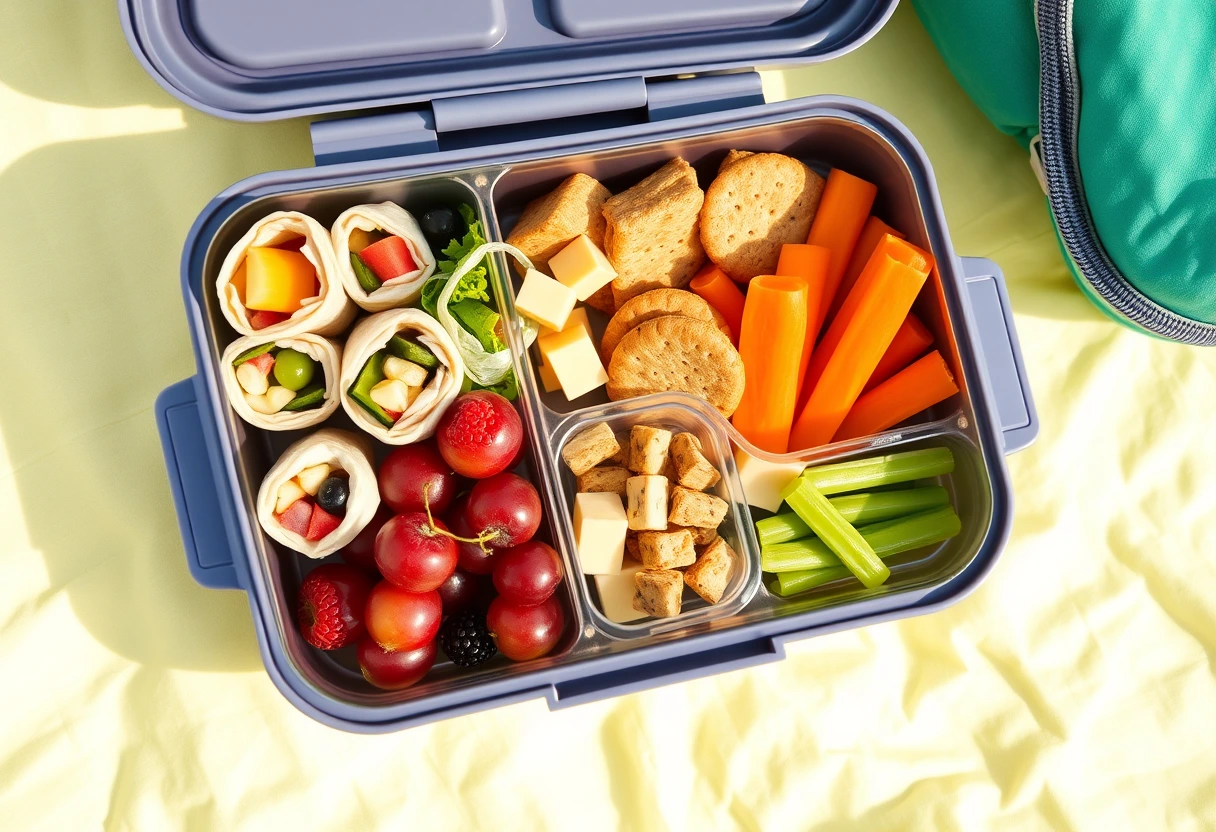
Protein Power for Growing Bodies
Protein is crucial for growth, development, and keeping kids feeling full and energized throughout their day. Ensuring adequate protein in their lunch is key to fueling active children.
Lean Meats and Dairy Delights
Turkey slices, grilled chicken strips, and lean ham are excellent protein sources. Dairy products like cheese sticks, yogurt, and cottage cheese also provide calcium for strong bones. Mini hard-boiled eggs are another fantastic, easy-to-pack option. These elements are vital for balanced lunchboxes.
- Hard-boiled eggs (whole or sliced)
- Cheese sticks or cheese cubes
- Greek yogurt (plain with fruit or a touch of honey)
- Edamame (shelled or in pods)
- Hummus with pita bread or vegetable sticks
Plant-Based Proteins for All
Don't forget the power of plant-based proteins! Lentils, chickpeas, black beans, and tofu can be incorporated into salads, dips, or even veggie burgers. Nut butters (if school-safe) on apple slices or celery sticks are also great options for a quick protein boost. Offering diverse protein sources helps introduce new textures and flavors.
Veggies and Fruits: The Colorful Essentials
No lunchbox is complete without a rainbow of fruits and vegetables. They provide essential vitamins, minerals, and fiber, contributing to delicious and healthy kids' food.
Making Veggies Appealing
Presentation is everything when it comes to vegetables. Cut them into fun shapes, pair them with dips like hummus or ranch (homemade and healthier versions, if possible), or roast them lightly for a sweeter flavor. Bell pepper strips, cucumber rounds, cherry tomatoes, and baby carrots are always popular. Don't shy away from adding a few frozen peas or corn kernels to a pasta salad – they'll thaw by lunchtime!
Fruity Favorites and Creative Combos
Fruits are naturally sweet and colorful, making them an easy sell. Berries, grapes, apple slices (tossed with a little lemon juice to prevent browning), orange segments, and banana slices (best packed in a container to prevent bruising) are always winners. Consider fruit skewers for a fun presentation or mixing a few different fruits for a mini fruit salad. Packed lunch inspiration often comes from simply combining what you have on hand.
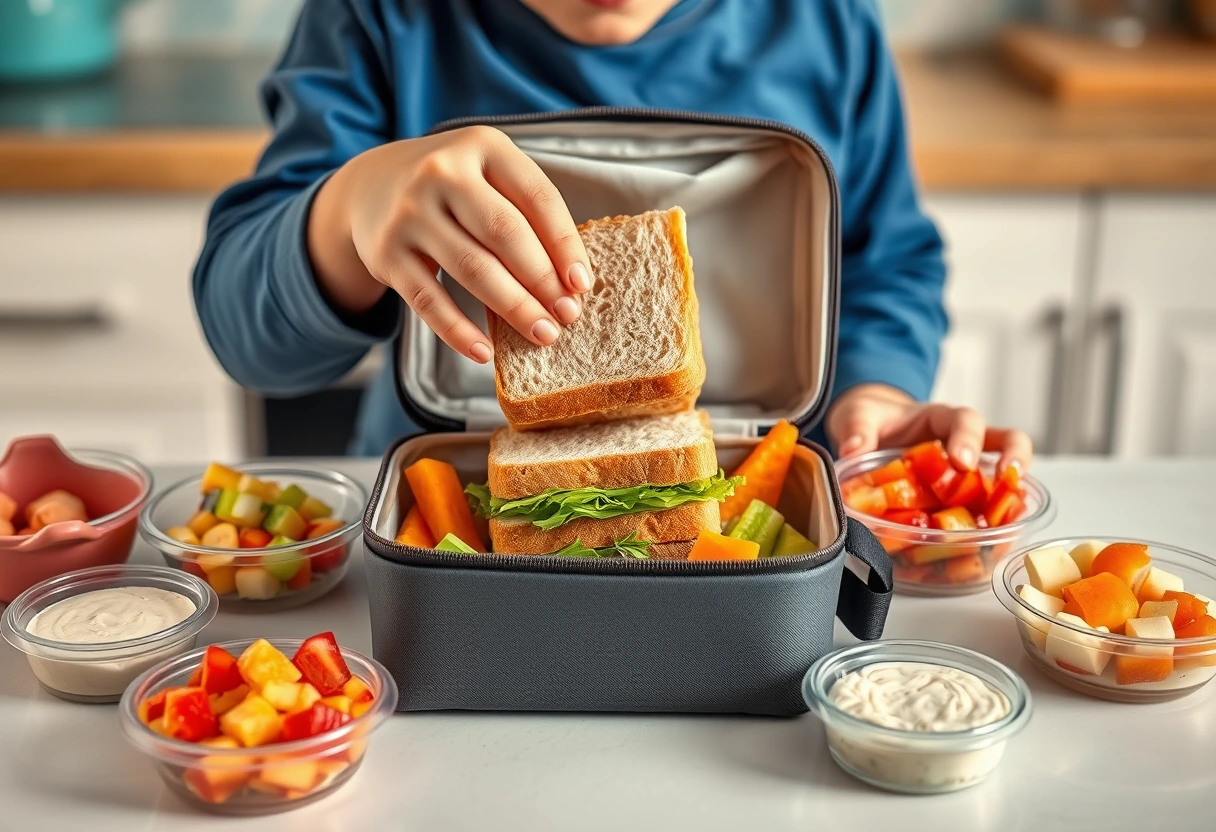
Smart Carbohydrates for Sustained Energy
Carbohydrates are the body's primary energy source, and choosing the right ones is crucial for sustained focus and activity. Opt for whole grains over refined options to provide steady energy, preventing midday slumps.
Whole Grains and Complex Carbs
Swap white bread for whole-wheat bread, whole-grain tortillas, or pita pockets. Brown rice, quinoa, and whole-wheat pasta are excellent bases for lunch salads or stir-fries. Sweet potatoes, either roasted or in fry form (baked, not fried!), also offer complex carbohydrates along with a host of vitamins. These choices are integral for fueling active children.
Creative Carb Inclusions
Consider small whole-grain bagels, mini whole-wheat pitas, or even popcorn (air-popped, unsalted, and unbuttered) as a fun and healthy snack. Whole-grain crackers paired with cheese or a spread are another easy option. These forms of carbohydrates fit perfectly into effortless school lunch ideas.
Hydration and Healthy Snacks
Don't forget the importance of proper hydration and smart snacking to keep kids energized throughout the day.
Beyond Water: Healthy Drink Options
Water should always be the primary drink. A reusable water bottle is a must. If you want to offer something different, consider diluted fruit juice (100% juice, no added sugar, diluted with water) or milk (dairy or unsweetened plant-based). Avoid sugary sodas and fruit drinks, which offer empty calories and can lead to sugar crashes. This is a fundamental child nutrition tip.
On-the-Go Healthy Snacks for Kids
Snacks are essential for bridging the gap between meals. Pack a variety of options to keep things interesting. Ideas include:
- Apple slices with a small container of nut butter (if allowed) or sunflower seed butter.
- Homemade trail mix (nuts, seeds, dried fruit – be mindful of choking hazards for younger children).
- Rice cakes with avocado or cream cheese.
- Small fruit cups (in their own juice, not syrup).
- Baked whole-grain crackers.
Addressing Food Safety and Allergies
When packing lunches, food safety is paramount, especially as schools increasingly have strict allergy policies.
Keeping Lunches Safe and Fresh
Invest in an insulated lunch bag and ice packs to keep perishable items cold until lunchtime. Teach your children to wash their hands before eating and to avoid sharing food to prevent the spread of germs. Pack foods that are less prone to spoilage, or ensure they are properly chilled. This attention to detail contributes to health-conscious parenting.
Navigating Allergies and Dietary Restrictions
Always be aware of your child's school's allergy policies, especially regarding nuts. Many schools are "nut-free." If your child has allergies or dietary restrictions, plan accordingly. There are many delicious alternatives available, such as sunflower seed butter for nut allergies or gluten-free bread options. Communicating with your child's teacher about their specific needs is also crucial for their safety and well-being. These considerations are vital for balanced lunchboxes.
Making Lunch Fun: Engaging Kids in the Process
Involving your children in meal preparation can significantly increase their willingness to eat what's offered. It fosters a sense of ownership and curiosity.
Kid-Friendly Meal Planning
Let your child help choose what goes into their lunchbox from a pre-approved list of quick and healthy lunches kids will actually eat. Giving them choices empowers them and makes them more likely to eat what they've selected. This could be as simple as "Do you want carrots or cucumber today?" or "Which fruit would you like?"
Involving Kids in Preparation and Packing
Even young children can help wash vegetables, stir ingredients, or put items into their lunchbox. Older children can take on more responsibility, even assembling their own sandwiches or wraps. This not only teaches them valuable life skills but also makes them more invested in the meal. When children help prepare their nutritious midday meals, they are more likely to enjoy them.
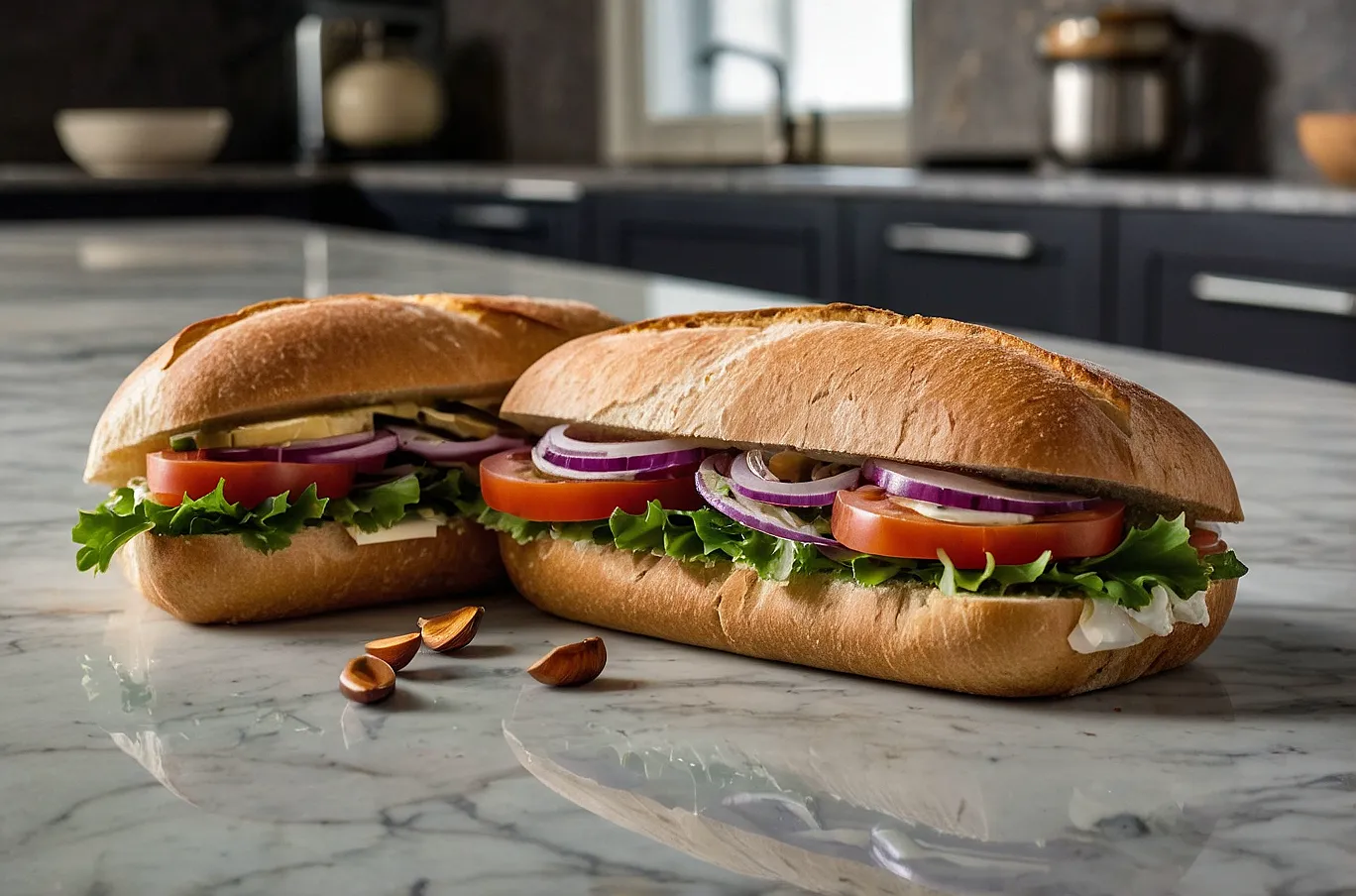
Troubleshooting Common Lunchtime Challenges
Despite best efforts, challenges arise. Here's how to tackle some common lunchbox dilemmas.
"My Kid Won't Eat It!" – Strategies for Success
Don't give up! Offer new foods alongside familiar favorites. Present the same food in different ways (e.g., raw carrots, roasted carrots, grated carrots). Consider dipping sauces. And remember, sometimes kids eat more when they're not feeling pressured. Keep offering, but don't make it a battle. Persistence with varied offerings is key to finding picky eater solutions.
The Leftovers Dilemma
If the lunchbox consistently comes back full, it might be too much food, or the child isn't enjoying it. Reduce portion sizes, or ask your child what they didn't like. Sometimes, a simple change in temperature (e.g., packing a thermos with warm soup) can make a difference. Always remember that fueling active children requires careful observation and adaptation.
Creating quick and healthy lunches kids will actually eat is an ongoing process of experimentation, patience, and love. By focusing on smart meal prep, diverse ingredients, engaging presentations, and involving your children, you can transform lunchtime from a daily dread into a delightful, nutritious highlight. Remember, every little step you take towards healthier eating habits for your family is a win. You've got this, busy mom!
